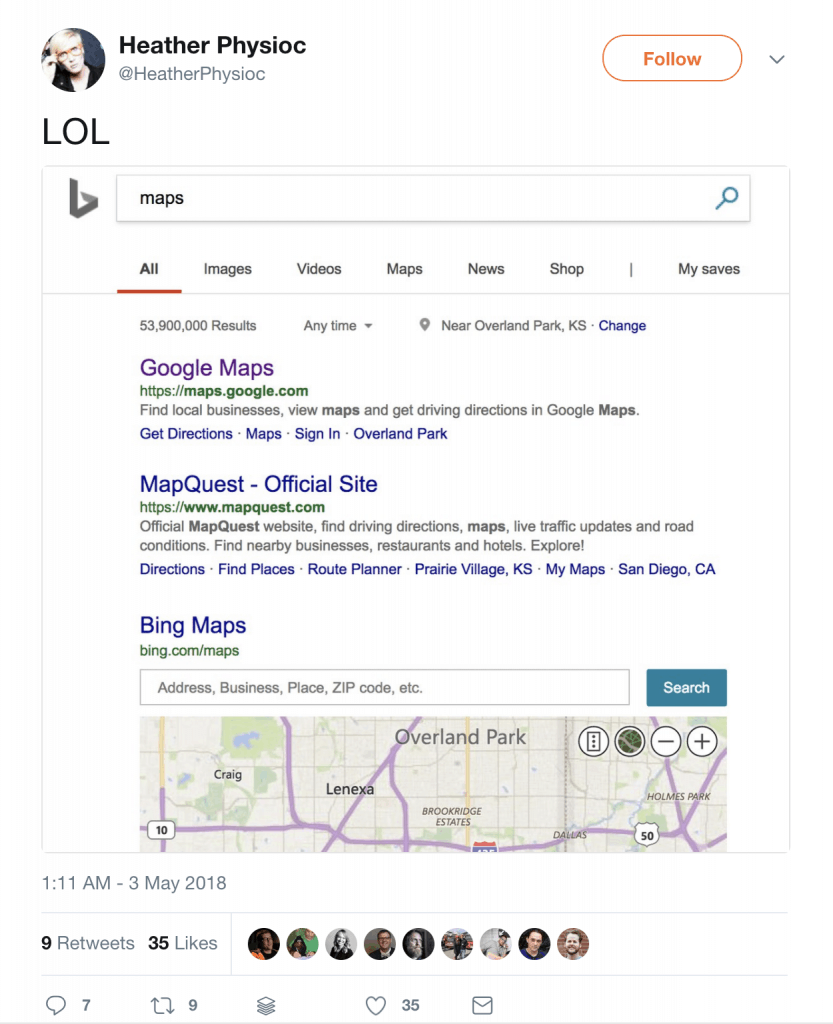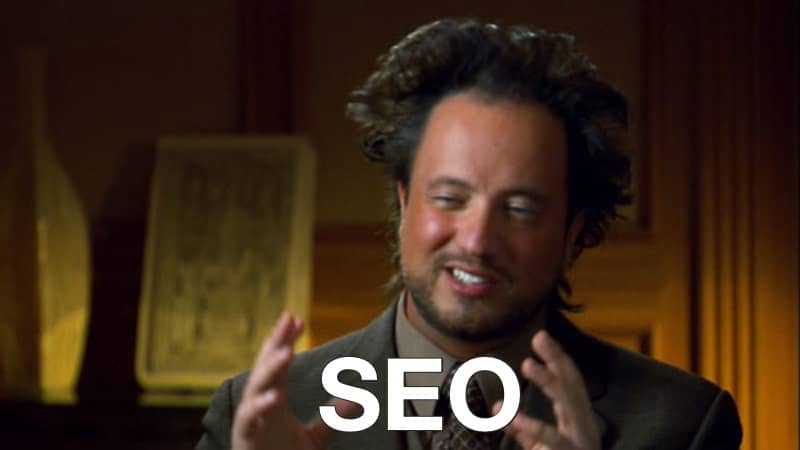This Week In SEO 97
Featured Snippets, Page Rank, A Link Strategy, & More!
Another Featured Snippet Post
https://ahrefs.com/blog/find-featured-snippets/
Ahrefs.com has some pretty compelling data about featured snippets.
TL;DR — you’re taking a 31% traffic hit by having the #1 spot but also NOT the featured snippet.
Ranking in 2nd-10th?
So this post is very Ahrefs-centric, in that it shows you how to find featured snippet opportunities using their tool, but still a valuable post.
Check it out if you’re ready to get your featured snippet game on. This post is less about telling you HOW to optimize your content for featured snippet domination (just Google it, there’s about 10,000 posts), and more for how to find the opportunities to go after.
…it’s then a case of trying to understand WHY you don’t own these snippets and doing everything in your power to rectify the issue(s).
Here are a few issues and solutions that, while not guaranteed to help, have apparently “worked” for others:
- Your competitor’s answer is “better” than yours
- You have structured markup issues
- Your content doesn’t adhere to the format searchers want to see
An Updated Page Rank
http://www.seobythesea.com/2018/04/pagerank-updated/
First off, yes Page Rank is still a thing. Google uses it within their ranking algorithm. The reason you probably haven’t heard of it for a few years is that they stopped publicly updating it.
Why?
Because SEOs used it help them rank sites or sell services and Google has no love for SEOs…
So what’s this about an updated Page Rank?
SEO By the Sea is covering a recent update to a previously-granted patent pertaining to Page Rank. It’s some pretty complicated stuff (or at least, is written that way):
One embodiment of the present invention provides a system that ranks pages on the web based on distances between the pages, wherein the pages are interconnected with links to form a link-graph. More specifically, a set of high-quality seed pages are chosen as references for ranking the pages in the link-graph, and shortest distances from the set of seed pages to each given page in the link-graph are computed. Each of the shortest distances is obtained by summing lengths of a set of links which follows the shortest path from a seed page to a given page, wherein the length of a given link is assigned to the link based on properties of the link and properties of the page attached to the link. The computed shortest distances are then used to determine the ranking scores of the associated pages.
Basically, Google is trying to use Seed Pages, and the distance a given site is (via links) from a Seed Page. It’s like six degrees of separation from some really authoritative pages, with links.
Stock Photography as a Link Building Strategy
http://www.evolvingseo.com/2018/04/24/093-jay-thibault/
Sorry kids, this one is a podcast that you’ll need to listen to in order to get the juicy details, but it’s one that I think is worth your time.
The overview: build up a stock-photo library of high-quality images, and earn links naturally when those photos are used. Like this:
Please enjoy this ridiculous bird:

On Disavowing Links
https://ahrefs.com/blog/google-disavow-links/
To disavow or not to disavow…
I find there are a lot of misconceptions around Google’s link disavow tool.
Ahrefs recently did a great post talking about what the purpose of disavowing is, the risks of disavowing, and how to go about disavowing links.
It’s a long post that you should definitely bookmark for some time in the future when you start wondering whether or not you should be disavowing some of your more regretful links.
If you have a manual action, you need to clean up or disavow the links. For algorithmic things, up to you.
— John ☆.o(≧▽≦)o.☆ (@JohnMu) October 25, 2017
^ Should probably just follow that advice if in doubt…
Google is Still Serious about HTTPS
https://www.blog.google/topics/developers/introducing-app-more-secure-home-apps-web/
Google just launched the new .apps gTLD and here’s a really interesting part of using their new domain ending:
key benefit of the .app domain is that security is built in—for you and your users. The big difference is that HTTPS is required to connect to all .app websites, helping protect against ad malware and tracking injection by ISPs, in addition to safeguarding against spying on open WiFi networks. Because .app will be the first TLD with enforced security made available for general registration, it’s helping move the web to an HTTPS-everywhere future in a big way.
Bonus: Tweet of the Week:
https://twitter.com/HeatherPhysioc/status/991726944638177280/photo/1











